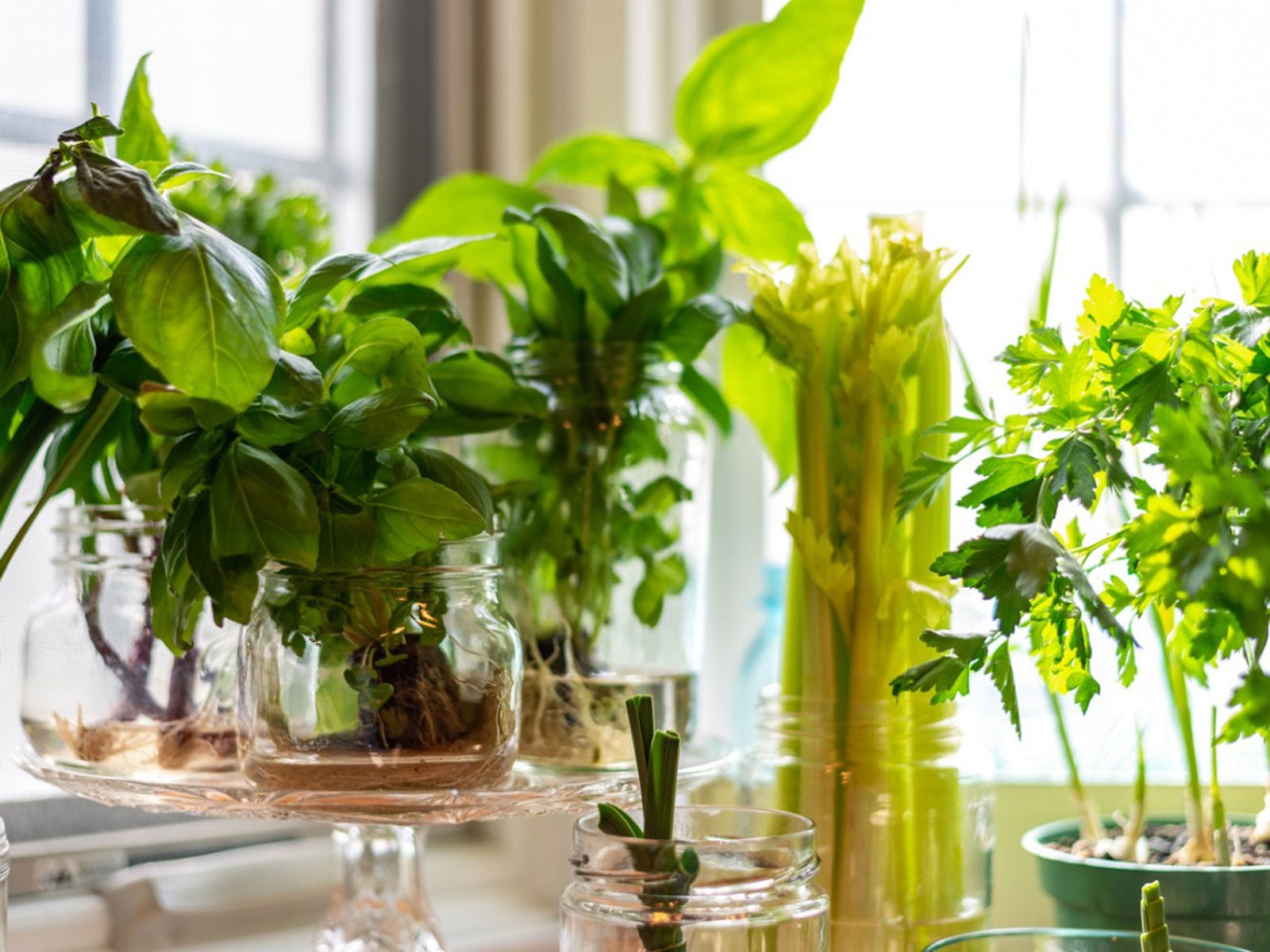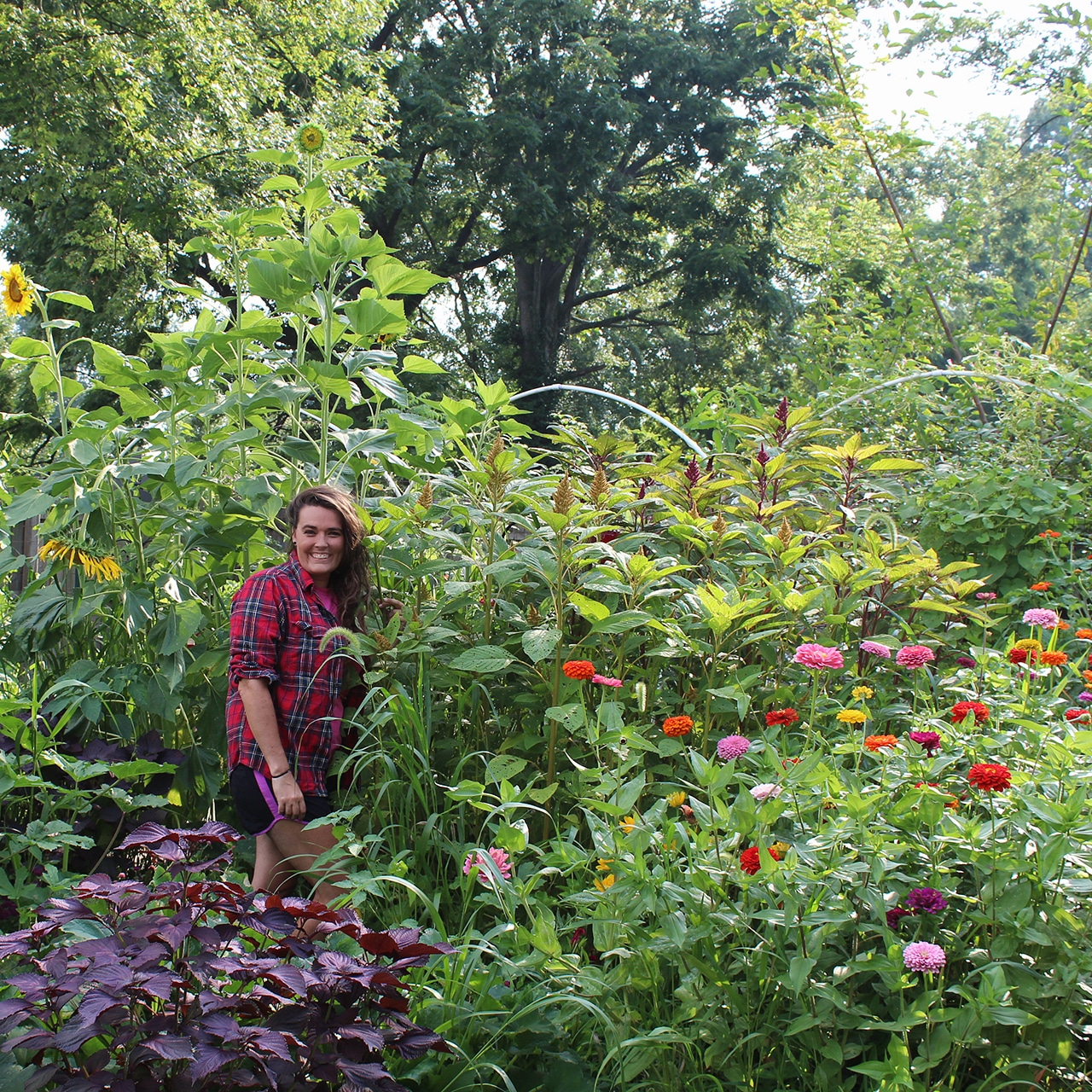Tabletop Hydroponics – Herb And Veggie Hydroponics On The Counter


Finding a space to grow your own vegetable garden can be frustrating. This is especially true for those living in small apartments, condominiums, or houses without access to outdoor space. While container plantings are a popular option, they may not be viable for everyone.
Not to be discouraged, gardeners can explore other options for growing their own produce at home. Growing a countertop hydroponic garden, for example, may be one solution.
Hydroponics on the Counter
Hydroponic gardening is a water-based type of growing. Rather than using soil, nutrient rich water is used to grow and nourish plants. As the plants germinate and begin to grow, the root system becomes established using a variety of seed starting materials. Though the nutrients are supplied by water within the system, growing plants will still require ample sunlight, either artificial or natural.
Many large-scale growing operations use various hydroponic techniques for the production of food crops. Hydroponic production of commercial crops, such as lettuce, has especially grown in recent years. These same methods can also be used by home gardeners on a much smaller scale. Countertop hydroponic gardens offers a unique, new option when it comes to growing your own food in small spaces.
Growing a Mini Hydroponic Garden
While hydroponics on the counter may sound simple, there’s still a few things to consider before jumping in.
Proper circulation and maintenance are essential to the growth and health of plants. Smaller hydroponic systems have recently been introduced into the market. Though tabletop hydroponics can range greatly in price, the products generally perform the same function and have the same characteristics. These include a growing basin, as well as affixed grow lights for optimal conditions. Several “do-it-yourself” options also exist but require more care and research to set up and begin growing.
To start one’s own countertop hydroponic garden, carefully choose which “crops” to grow. Fast growing crops are ideal, as are “cut and come again” plants like herbs. These plants ensure the best chance of success for beginners as they continue to learn more about maintaining a mini hydroponic garden.
Sign up for the Gardening Know How newsletter today and receive a free copy of our e-book "How to Grow Delicious Tomatoes".
You’ll also need to gather up all the basic equipment before getting started, which can vary depending on the complexity of system you choose. A simple jar garden is great for starting out, though, as it doesn’t require much. This works well for both herbs and smaller veggie crops, like lettuce.
Regardless of the type of indoor hydroponic garden selected, you will need to remain observant for issues such as mold, stunted plant growth, and/or water imbalances.

Tonya Barnett has been gardening for 13 years. Flowers are her passion. She has transformed her backyard into a cut flower garden, which she regularly chronicles on her YouTube channel http://www.youtube.com/@tonyawiththeflowers.